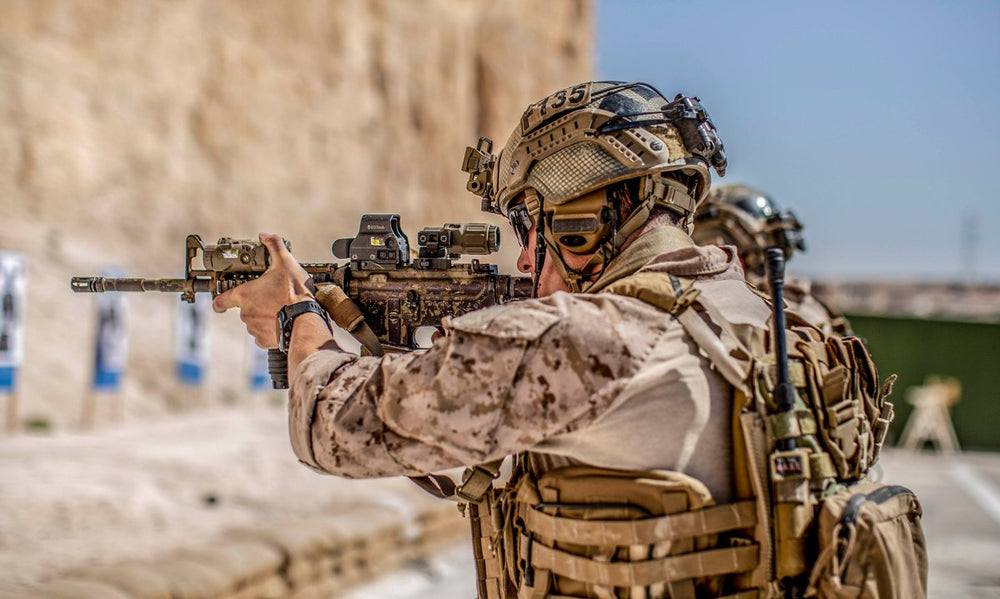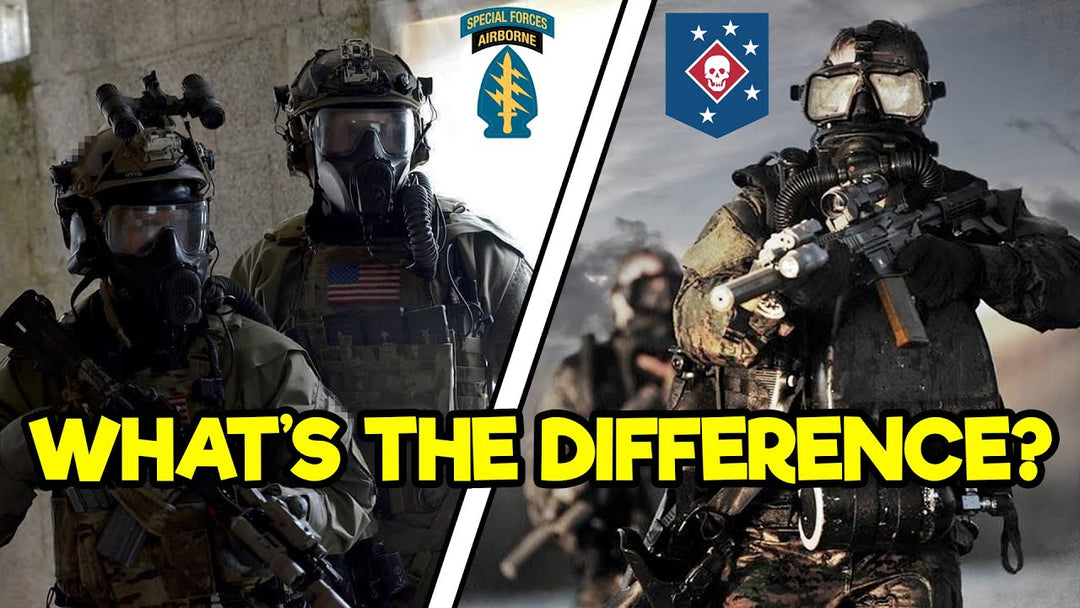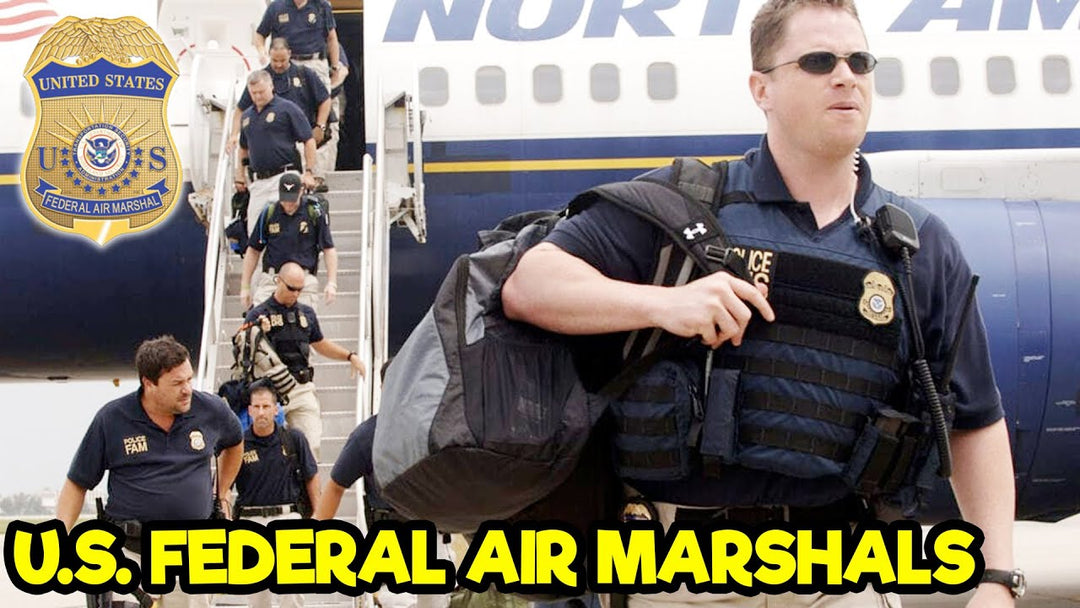Why the Alaska State Troopers are Cooler Than You Think!

Blizzards, avalanches, 100-mile-per-hour winds, and sub-zero temperatures—all in the midst of rugged mountains, massive glaciers, tundras, and forests. These are the elements Alaska State Troopers must endure in their day-to-day activities. But what truly sets this highly prestigious law enforcement agency apart from the other state agencies throughout the United States?
Keep reading to find out.
TABLE OF CONTENTS
ALASKA STATE TROOPERS: OVERVIEW
ALASKA STATE TROOPERS: CHALLENGES
ALASKA STATE TROOPERS: MISSIONS AND CAPABILITIES
ALASKA STATE TROOPERS: TRAINING
ALASKA STATE TROOPERS: CONCLUSION
ALASKA STATE TROOPERS: OVERVIEW

Alaska is known as the last frontier. Bordering Russia, it is 1/5th the size of the United States with 586,412 square miles of diverse territory. Due to its geographic location, not only do the Alaska State Troopers play a vital role in national security, they must also enforce the laws of the U.S. in the most unforgiving environments.
Alaska State Troopers operate very differently than their lower 48 counterparts in various ways. First and foremost, they are not only troopers, but also game and wildlife enforcement officers.
Additionally, Alaska does not have counties like other states do. They have boroughs, which have less power than counties do. Alaska doesn’t have county police or sheriffs like your typical state does. The only borough that has its own police force is the North Slope borough, meaning that the Alaska State Troopers, which only have around 300 sworn officers, are responsible for patrolling the rest of the state. Think about it: We told you Alaska is over 568,000 square miles, but there’s only 300 state troopers. They are the most geographically extended peace officers, if you aren’t counting the feds. With little to no local backup, a lot is asked out of these bad asses.
ALASKA STATE TROOPERS: CHALLENGES

With a force of 300 officers patrolling a state twice as large as Texas, you’re probably starting to think that Alaska might be the wild west with no officers around. Well, numbers can be deceiving. While it’s the largest state, Alaska only has a population of around 730,000, and its highway system is nearly the smallest in the U.S. In fact, 75% of Alaska is inaccessible by car. But we’re sure you didn’t click on this blog post for an Alaska geography lesson, so what does this mean for the Alaska State troopers? Because Alaska is... Alaska, they are primarily a rural police department. While there are urban posts, a majority of their officers work in semi-rural or rural environments, where the main methods of transportation are by snowmobiles, ferries, four wheelers, etc. Senior officers can even find themselves working two weeks on and two weeks off in the most rural areas. Not a bad gig!
ALASKA STATE TROOPERS: MISSIONS AND CAPABILITIES

Alaska State Troopers possess many of the same capabilities that your typical state agency has, such as a highway patrol, investigations bureau, drug enforcement unit, and a SWAT team, which is called the Special Emergency Response Team. Troopers can have special duties ranging from fixed or rotary wing pilots, canine handlers, sea vessel operators, snow machine operators, and tactical dive units.
But given the remoteness of Alaska and an environment that can lead to someone easily getting lost, Alaska state troopers as a whole are in charge of providing and coordinating search and rescue efforts across the state. Every trooper receives training in search and rescue, and participates in search and rescue events in each geographical area.
Alaska State Troopers are both State Troopers and Wildlife Officers. While every trooper is a trooper, some may elect to cross over into the wildlife sector. Wildlife officers receive extra training after the academy, and are tasked with the primary mission of protecting Alaska’s natural resources through wildlife enforcement. They still enforce criminal laws, and play a big role in search and rescue operations.
Alaska State troopers are also encouraged to move around throughout their careers, meaning they get plenty of opportunities to work in various posts throughout the state. After the academy, they are assigned to three urban posts: Fairbanks, Palmer, or Soldotna, where they will spend their first few years working and living there. Within a trooper’s first five years, they are expected to move somewhere else, usually to a more rural area. No sweat though, because Alaska pays for every trooper and their family’s moving costs throughout their career.
ALASKA STATE TROOPERS: TRAINING

So what about that academy? Great lengths are taken to select the right team members for the Alaska State Troopers. To become an Alaska State Trooper, candidates go through a paid 18 week program where they are provided with training, equipment, and experience to help them become a professional law enforcement officer.
They receive hands-on instruction in the classroom, in the field, and in scenario-based training. Some of the topics covered in the academy are the Alaska Criminal Code, search and seizure, crime scene investigation, use of force, cold water survival, and search and rescue.
ALASKA STATE TROOPERS: CONCLUSION

The Alaska State Troopers aren’t your typical police department. It’s unlike any other law enforcement job in the world. With the challenges, lifestyle, and responsibilities, not everyone can be up to the task of an Alaska State Trooper. They’re actually experiencing a manpower shortage at the time this blog post has come out. You can check out their website for further information.
If you want to learn more about the military, law enforcement, or government entities, we have a YouTube channel dedicated to providing the best info out there, plus we have a growing list of blog posts as well. Click the links to take you to them!
General Discharge is a veteran-owned, veteran-operated organization that is dedicated to providing the best U.S. Military and Law Enforcement information. With over 250 YouTube videos, over 45 million views, and hundreds of thousands of followers, we have contributed to the success and knowledge of both the current and future generations of service members.






Leave a comment